TechPeripheralsWe need more labels on our cablesAs cables get more complex with varying speeds and functionality, Jon Bentley calls for clearer labellingWhen you purchase through links on our site, we may earn an affiliate commission.Here’s how it works.
TechPeripheralsWe need more labels on our cablesAs cables get more complex with varying speeds and functionality, Jon Bentley calls for clearer labellingWhen you purchase through links on our site, we may earn an affiliate commission.Here’s how it works.
As cables get more complex with varying speeds and functionality, Jon Bentley calls for clearer labelling
When you purchase through links on our site, we may earn an affiliate commission.Here’s how it works.
(Image credit: Jon Bentley)
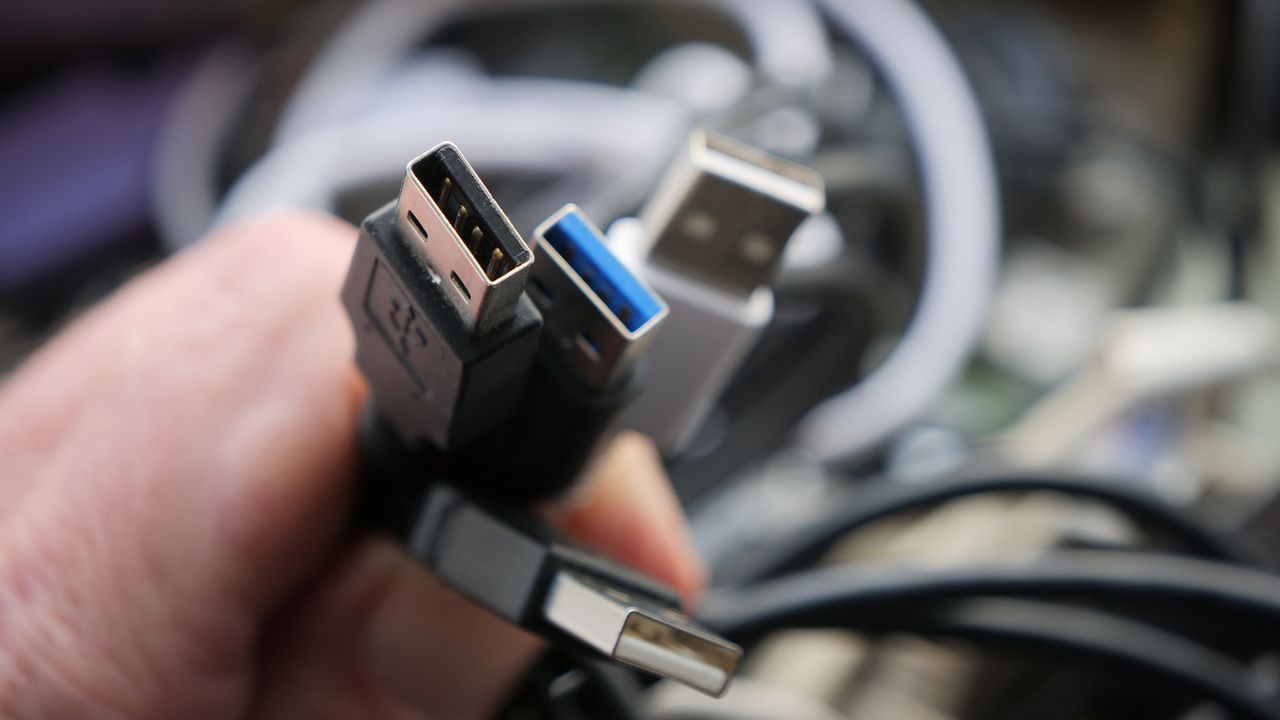
(Image credit: Jon Bentley)
Why is it that USB and HDMI cables hardly ever reveal what standard they are? Different standards make a huge difference to things like data and charging speeds and, in the case of HDMI, factors like maximum supported resolutions and refresh rates. When you’re desperately trying to connect something to your new 4K or 8K TV you might really want to know if your cable is the latest HDMI 2.1b or, if not, which one of the dozen or so different standards that preceded it. It’s difficult if not impossible to tell. USB is as bad.
It’s now notched up somewhere between 7 and 17 different versions (depending on how you classify them) from the original 1.1 to the latest USB4 Gen 3x2. And that’s before you consider the similar-looking Thunderbolt cables that are faster still and also often incognito.
How can all this effort have gone into setting ever-improving standards without ensuring a simple means to tell one cable from another? It can’t be that difficult. Chargers have info on voltage, wattage and what pin does what. Your clothes advise on the temperature of washing and drying.
Forecourt pumps don’t leave you guessing whether you’re filling with petrol or diesel, normal octane or super unleaded. But cables usually tell you absolutely nothing. There have been a few half-hearted attempts to provide clarity over the years - colour codes on USB-A plugs for example - but they now appear hopelessly inadequate when faced with the sheer number of standards available. It would only need some tiny logo moulded into the plug or a very discreet label to provide the much-needed clarity.
(Image credit: Jon Bentley)
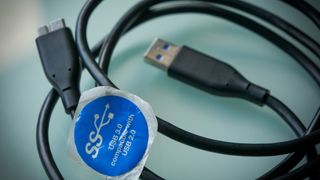
(Image credit: Jon Bentley)
While we’re at it it would also be good to have more frequent and clearer labelling of what standards the equipment you’re connecting together supports too, either on the port itself or the interface. My laptop tells me my USB and HDMI spec through the Device Manager but my TV doesn’t for example.
There’s also the e-waste implications of this wanton anonymity to consider. I’ve accumulated cupboards full of cables over the years but I’m reluctant to take them to the tip for responsible recycling if I don’t know whether they’re truly obsolete.
Though possibly less frequently encountered, Ethernet cables aren’t any better. Can you tell the difference between a 100 Mbps Cat 5 and a 10 Gbps Cat 6a, let alone some ancient Cat 3? And what sort of power transmission it supports.
Sign up to the T3 newsletter for smarter living straight to your inbox
Get all the latest news, reviews, deals and buying guides on gorgeous tech, home and active products from the T3 experts
Cables are vital, though. Everything needs connecting together and wi-fi and Bluetooth can’t cope with all the links required. Reluctant though I am to argue for more red tape, maybe this is an area of life where we do actually need some regulation.
In its absence perhaps the only way ahead is to test and label the wretched things yourself. Separate cable testers, which look rather like multimeters, are available for USB, HDMI and Ethernet cables. They may not have all the answers but they’ll certainly shed some light on what a given cable is capable of. Though at anything between a tenner and a hundred quid each they represent a significant and unnecessary amount of trouble and expense to provide information that should be readily apparent from a quick glance at the label.
USB cable deals17 Amazon customer reviews☆☆☆☆☆$15.99View$19ViewLow Stock$43.55$29.99ViewShow More DealsWe check over 250 million products every day for the best prices
USB cable deals17 Amazon customer reviews☆☆☆☆☆$15.99View$19ViewLow Stock$43.55$29.99ViewShow More DealsWe check over 250 million products every day for the best prices
USB cable deals
17 Amazon customer reviews☆☆☆☆☆
17 Amazon customer reviews☆☆☆☆☆
☆☆☆☆☆
$15.99View$19ViewLow Stock$43.55$29.99View
$15.99View
$15.99View
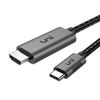


$15.99View
$15.99
$15.99
$19View
$19View


$19View
$19
$19
Low Stock$43.55$29.99View
Low Stock
Low Stock
Low Stock
Low Stock
Low Stock
$43.55$29.99View
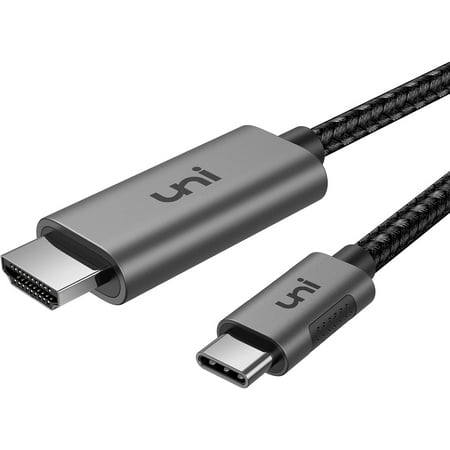

$43.55$29.99View
$43.55$29.99
$29.99
Show More Deals
Show More Deals
We check over 250 million products every day for the best prices
We check over 250 million products every day for the best prices

Sky Stream gets a great new trick that unlocks long hidden potentialA Sky Stream puck update gives you a host of new channels
A Sky Stream puck update gives you a host of new channels
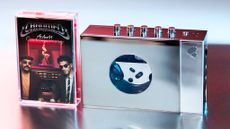
If you ever needed proof that cassette players are back, this is itWe Are Rewind has made a portable tape deck so retro it should appear from nowhere in a DeLorean
We Are Rewind has made a portable tape deck so retro it should appear from nowhere in a DeLorean